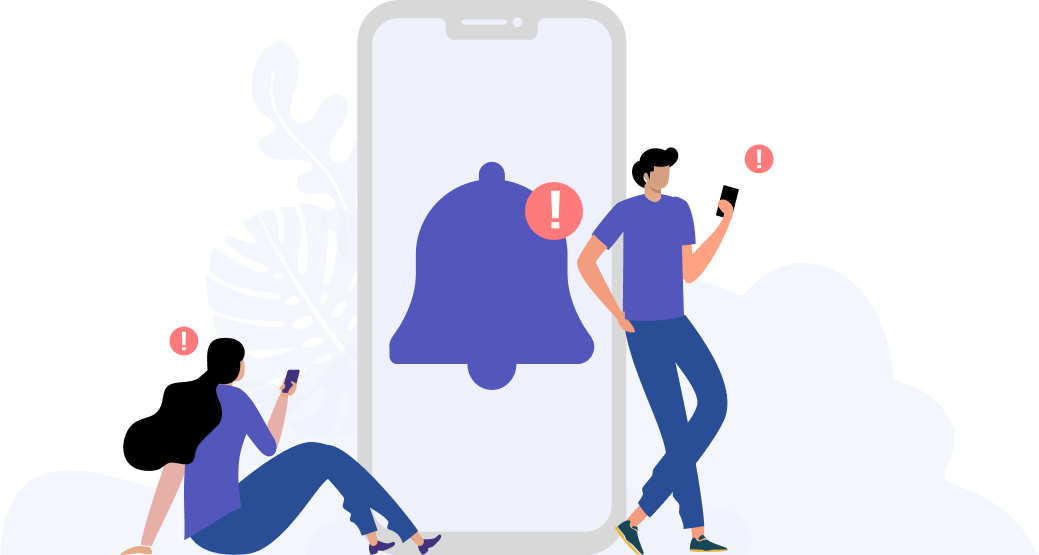High myopia: What it means for children and how to prevent it
SF: The impact of high myopia can be devastating for children – which is why it is so important to identify its associated risk factors and detect and manage it early.

Photo by Edi Libedinsky on Unsplash
High myopia is typically defined as having short-sightedness of -6.00 diopters or worse. In addition to causing significant vision loss, high myopia is also associated with other serious eye conditions including glaucoma and retinal detachment, both of which may lead to blindness.
It is vital, therefore, to take measures to prevent myopia from progressing to high myopia, especially during childhood when myopia progresses rapidly. A recently published study conducted in Guangzhou, China, followed up on a group of children from who did an initial baseline test in 2006. 12 years later in 2018, data from 443 students showed associations between the age of myopia onset and the risk of developing high myopia.
The risk of developing high myopia was greater than half (53.9%) for children with myopia onset at 7 or 8 years of age. For those who developed myopia at 9 years, the risk dropped to around 30%, further dipping to 20% if their onset was one year later. Finally, those whose myopia developed at 12 years or older saw a less than 5% risk of developing high myopia. The results of the study doesn’t mean that getting myopia early causes high myopia, but it does mean that high myopia is highly associated with an earlier onset of myopia.
Therefore, it is paramount to start educating and implementing good eye health behaviours in children since a young age to reduce their risks of developing myopia. Even if children have already developed myopia, managing key myopia risk factors by encouraging more outdoor time and controlling the amount of near work activities that children are exposed to, such as time spent reading books and engaging in digital screens, can only reap benefits for children’s eye health in the long run. These lifestyle strategies have been reported to slow (or even halt) the progression of myopia, thereby reducing children’s risk of developing high myopia and its associated complications.

Photo by rishad s on Unsplash
For parents looking to find a digital solution to mitigate the risk factors for myopia in children, look to the planoApp. The app enables parents to monitor their child’s screen time and teaches children about good eye health and device use behaviours at the same time through built-in science-based reminders in the app. It is also vital that children go for regular and timely eye checks to ensure that eye problems, including myopia, are detected and managed early to slow down its progression.
Tools Designed for Healthier Eyes
Explore our specifically designed products and services backed by eye health professionals to help keep your children safe online and their eyes healthy.





